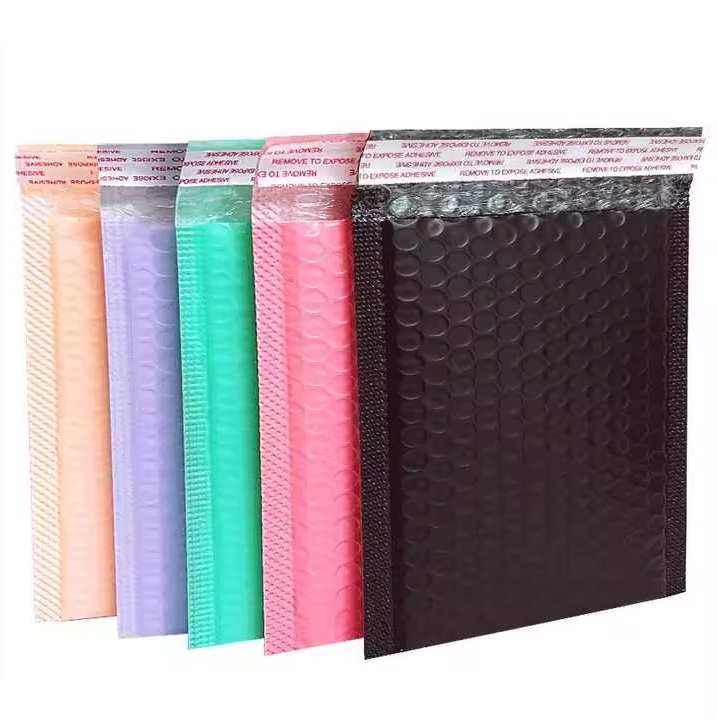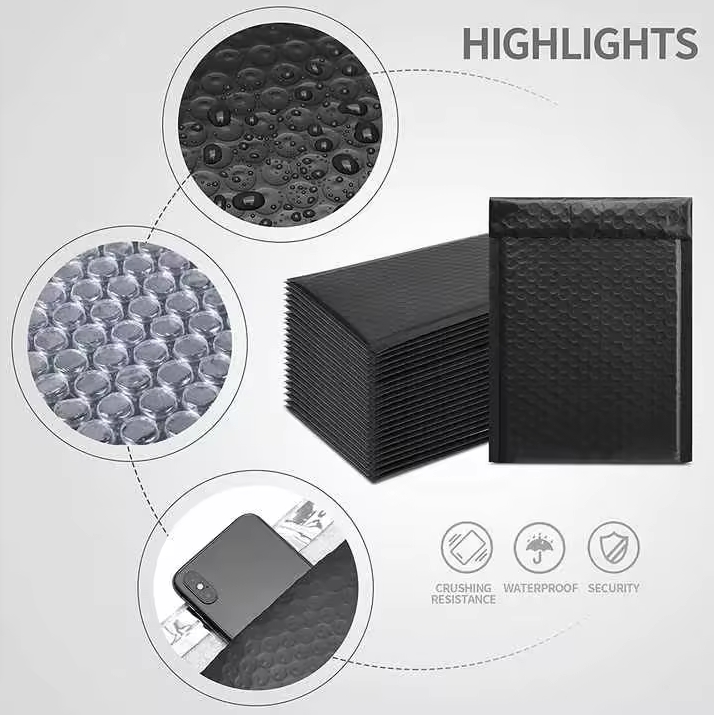How Do Fully Compostable Mailers Degrade?
The Degradation Process
Initial Breakdown: The process begins with the exposure of the compostable mailers to microorganisms, such as bacteria and fungi. These organisms consume the organic material, breaking it down into smaller components.
Biodegradation: As the microorganisms continue to break down the material, the biopolymers start to decompose. This is facilitated by enzymes and other biochemical processes that convert the complex organic molecules into simpler compounds.
Composting: The ideal environment for the degradation of compostable mailers is a compost pile or a commercial composting facility. Here, the right balance of moisture, heat, and aeration accelerates the breakdown process.
Final Stages: Over time, the compostable mailers are reduced to their basic elements, such as carbon dioxide, water, and biomass. These elements are then reintegrated into the soil, enriching it and promoting plant growth.

Benefits of Using Biodegradable Mailers
Reduced Landfill Waste: By decomposing naturally, biodegradable mailers help to reduce the amount of non-biodegradable waste that ends up in landfills.
Lower Carbon Footprint: The production of biodegradable mailers often results in fewer greenhouse gas emissions compared to traditional plastics.
Support for Circular Economy: These mailers contribute to a circular economy by recycling organic materials back into the ecosystem.
Challenges and Considerations
Composting Infrastructure: Not all regions have access to industrial composting facilities, which can limit the effectiveness of biodegradable mailers.
Consumer Awareness: There is a need for greater consumer education on the proper disposal of compostable mailers to ensure they are composted rather than ending up in landfills or incinerators.
Quality and Durability: While biodegradable, these mailers must also maintain sufficient strength and durability for their intended use in packaging and shipping.








